Is Pond Fertilizer Bad For Fish: Learn About Fish Safe Fertilizer
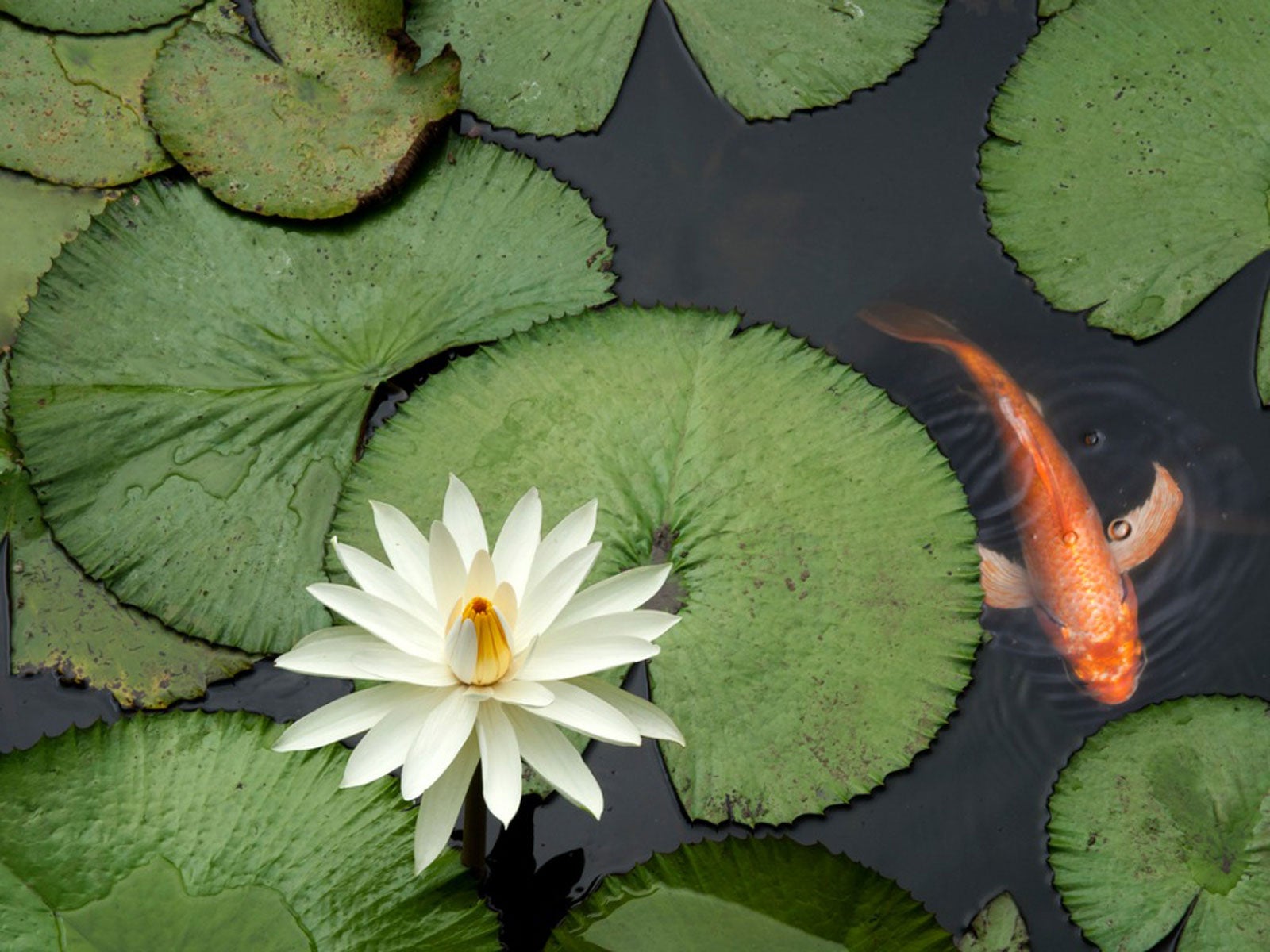

Using fertilizer around fishponds must be done with care. Excess nitrogen can cause algae to bloom, but it can also contaminate the water, which can affect fish. Fertilizing a pond with fish is part of good aquatic management and, when used appropriately, will increase overall pond health. It is best to use a fertilizer formulated for ponds or organic methods of feeding.
Is Pond Fertilizer Bad for Fish?
Aquatic plants may occasionally need feeding, but is pond fertilizer bad for fish? Fish-safe fertilizer may be purchased, or you can use your own organic methods to feed your water plants. A fertilizer for fishponds comes in tablets and will provide a slow release of nutrients that is gentle and easy on your pond's citizens.
Fish-safe fertilizer contains high levels of phosphorus. That is the middle number in a fertilizer ratio. Tabs for pond feeding are generally 10-14-8. A healthy pond will have inputs of nitrogen due to fish and bird waste. Inorganic phosphorus-only fertilizer is ideal for such a water site, as excess nitrogen can be damaging.
Assessing the needs of your pond should be done with a testing kit. Results from such a test will indicate if you have adequate levels of nitrogen or if you need to add some for plant health.
Types of Fertilizer for Fishponds
Most experts recommend an inorganic fertilizer since organic methods like manure can cause excess algae growth. There are solid tabs but also powders and sprays that are safe to use in a fishpond.
The tab varieties must be buried in the soil where they will slowly release nutrients. Liquid foods are sprayed over the shallow parts of the water, while granular formulas can be suspended in the liquid on a platform to slowly disseminate with wave action. It is important not to let granular formulas mix with the silt or mud, as it will trap the nutrients and keep them from mixing with the water.
Whatever variety you choose, follow manufacturer application directions for the proper amount.
Gardening tips, videos, info and more delivered right to your inbox!
Sign up for the Gardening Know How newsletter today and receive a free copy of our e-book "How to Grow Delicious Tomatoes".
Organic Methods
Experts state that you should avoid fertilizing a pond with fish organically. However, using manure in a planter that is submerged is an effective way of feeding the plant over time. As long as it is mixed well with the soil and topped with stones, the manure will not release instantly but will, instead, slowly feed the plant.
This should only be used at the installation of the plant and future season's feedings can be done with an inorganic formula specially made for aquatic plants and pond life. Never put manure directly into the pond. It will cause too much algae growth which will adversely affect pond and fish health.

Bonnie Grant is a professional landscaper with a Certification in Urban Gardening. She has been gardening and writing for 15 years. A former professional chef, she has a passion for edible landscaping.
-
 4 Superfast Composting Methods: Turn Waste Into Garden Gold In 30 Days Or Less
4 Superfast Composting Methods: Turn Waste Into Garden Gold In 30 Days Or LessTry the fastest composting methods to turbocharge your pile and transform kitchen scraps and garden waste into finished compost in just a few weeks.
By Mary Ellen Ellis
-
 Best Spider Plant Soil – Complete Soil Guide And Expert Tips For Keeping Plants Happy
Best Spider Plant Soil – Complete Soil Guide And Expert Tips For Keeping Plants HappySpider plants are fun and easy plants to grow, but what is the best soil for a spider plant? Selecting the right soil is important so they can thrive.
By Bonnie L. Grant
-
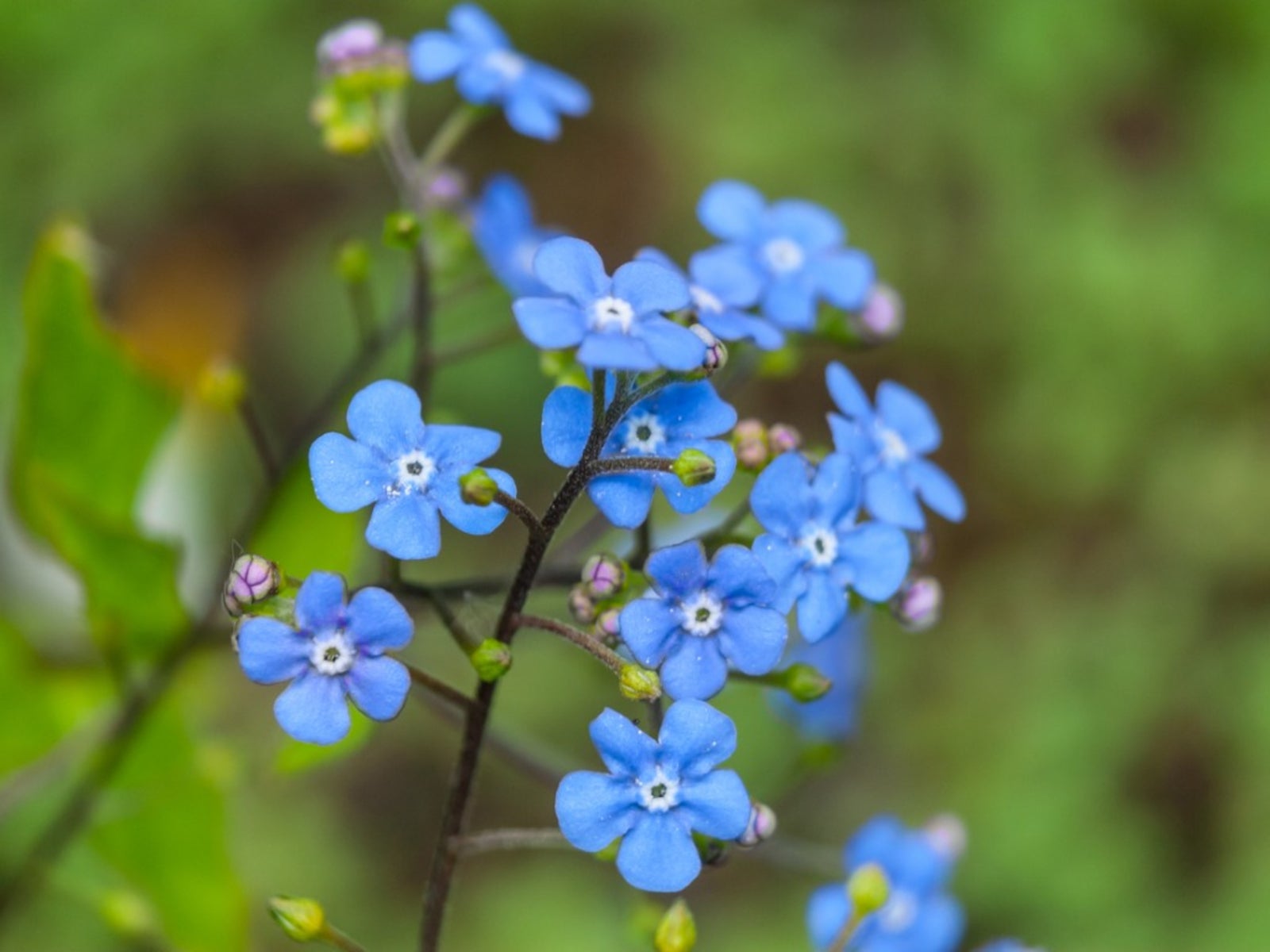 Flowering Pond Plants - Growing Aquatic Flowers
Flowering Pond Plants - Growing Aquatic FlowersAdding flowering pond plants to natural and manmade water features can be an easy way to quickly beautify a space with lush greenery and vibrant bursts of seasonal color. Read on for more.
By Tonya Barnett
-
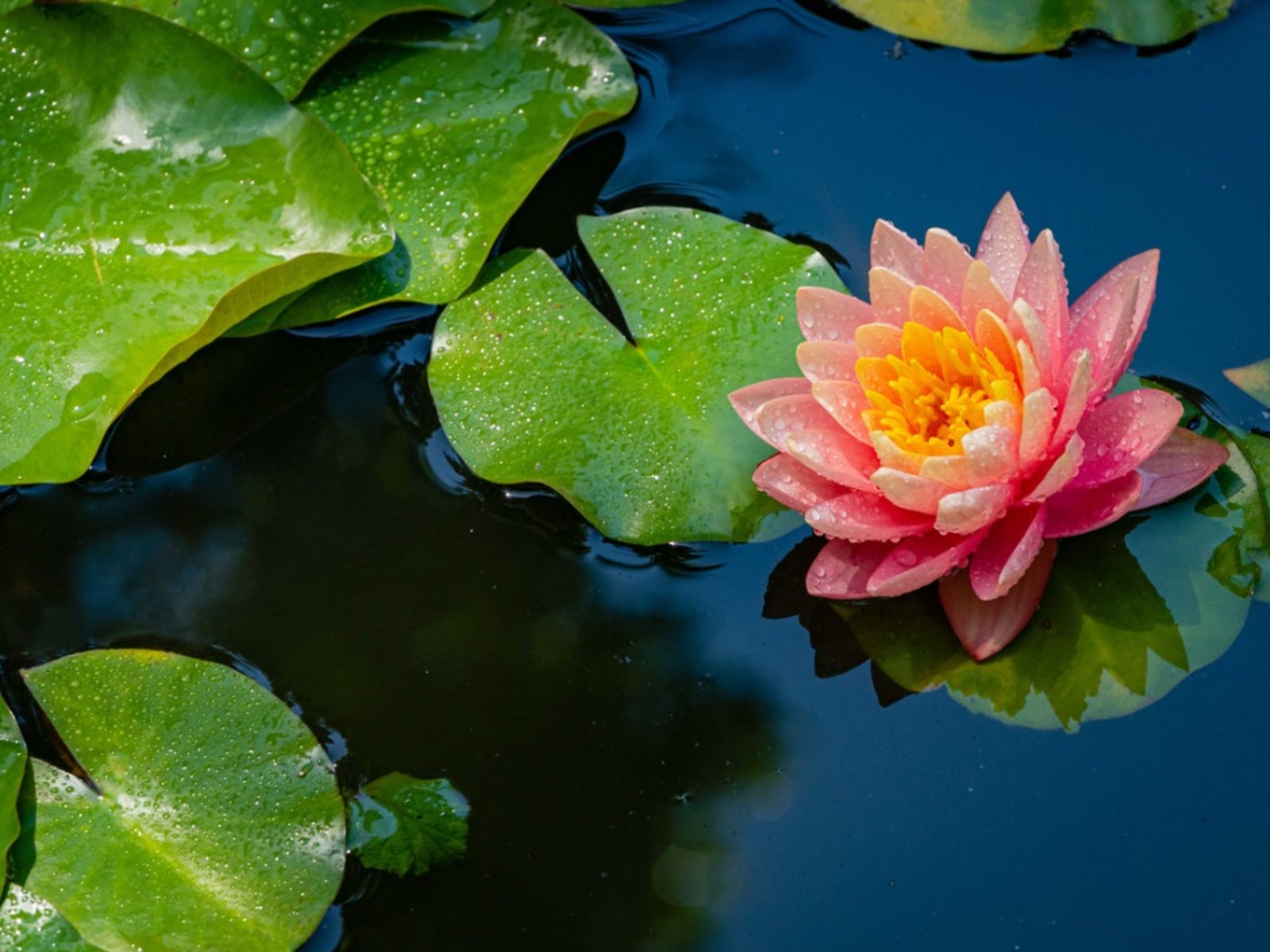 Full Sun Aquatic Plants - Full Sun Floating Pond Plants
Full Sun Aquatic Plants - Full Sun Floating Pond PlantsThere are pros and cons to putting a pond in full sun, but it's very doable. Here are some ideas to get you started.
By Mary Ellen Ellis
-
 Echinodorus Creeping Burhead – Information On Creeping Burhead Plant Care
Echinodorus Creeping Burhead – Information On Creeping Burhead Plant CareCreeping burhead plants are members of the water plantain family and commonly used in freshwater aquariums or outdoor fishponds. Echinodorus creeping burhead is native to the eastern half of the United States. To learn more about the creeping burhead plant click the following.
By Laura Miller
-
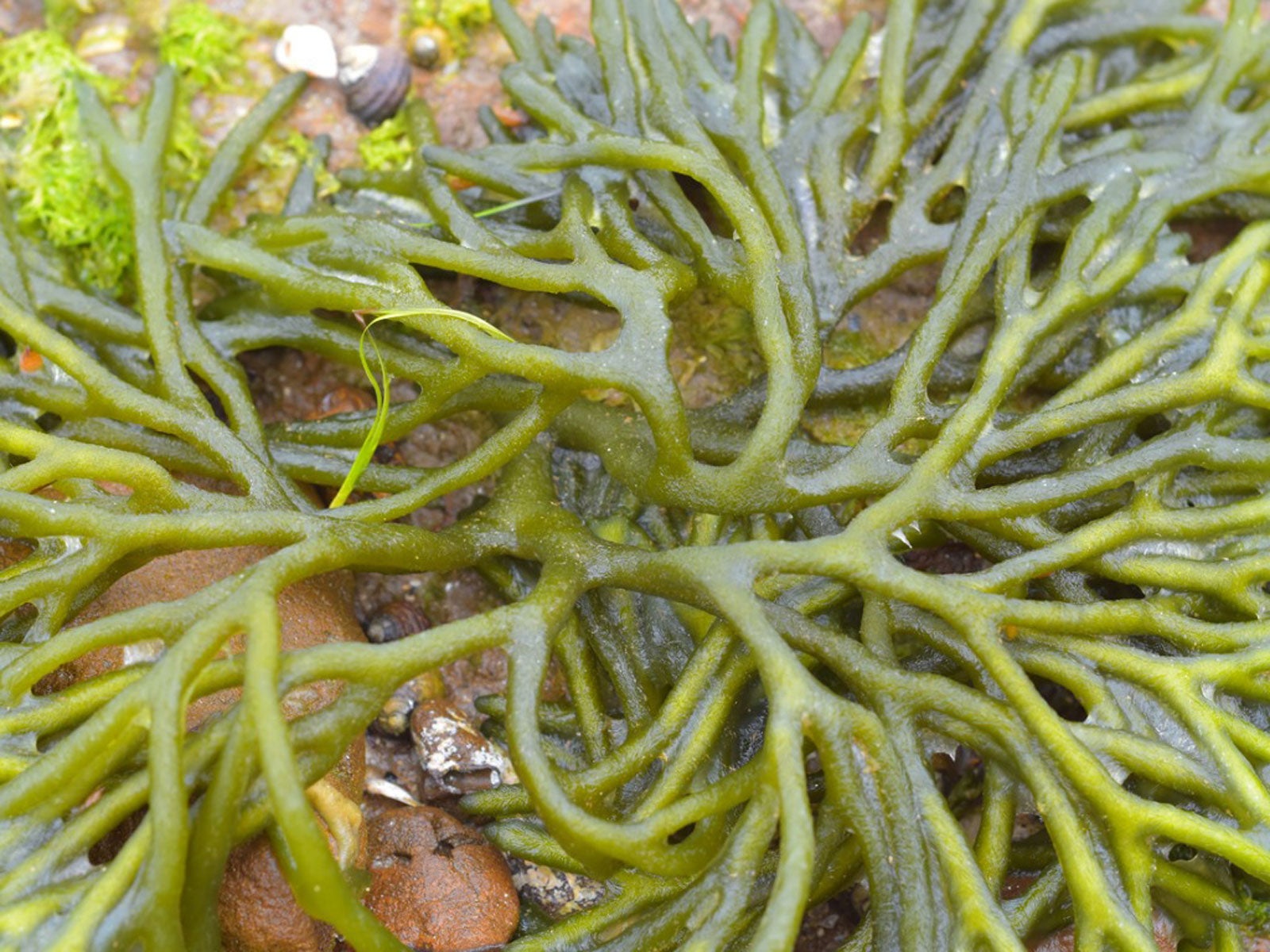 What Is A Saltwater Aquarium: Plants For Saltwater Aquariums
What Is A Saltwater Aquarium: Plants For Saltwater AquariumsBuilding and maintaining a saltwater aquarium requires some expert knowledge in choosing the right plants. Here are some choices to start with.
By Mary Ellen Ellis
-
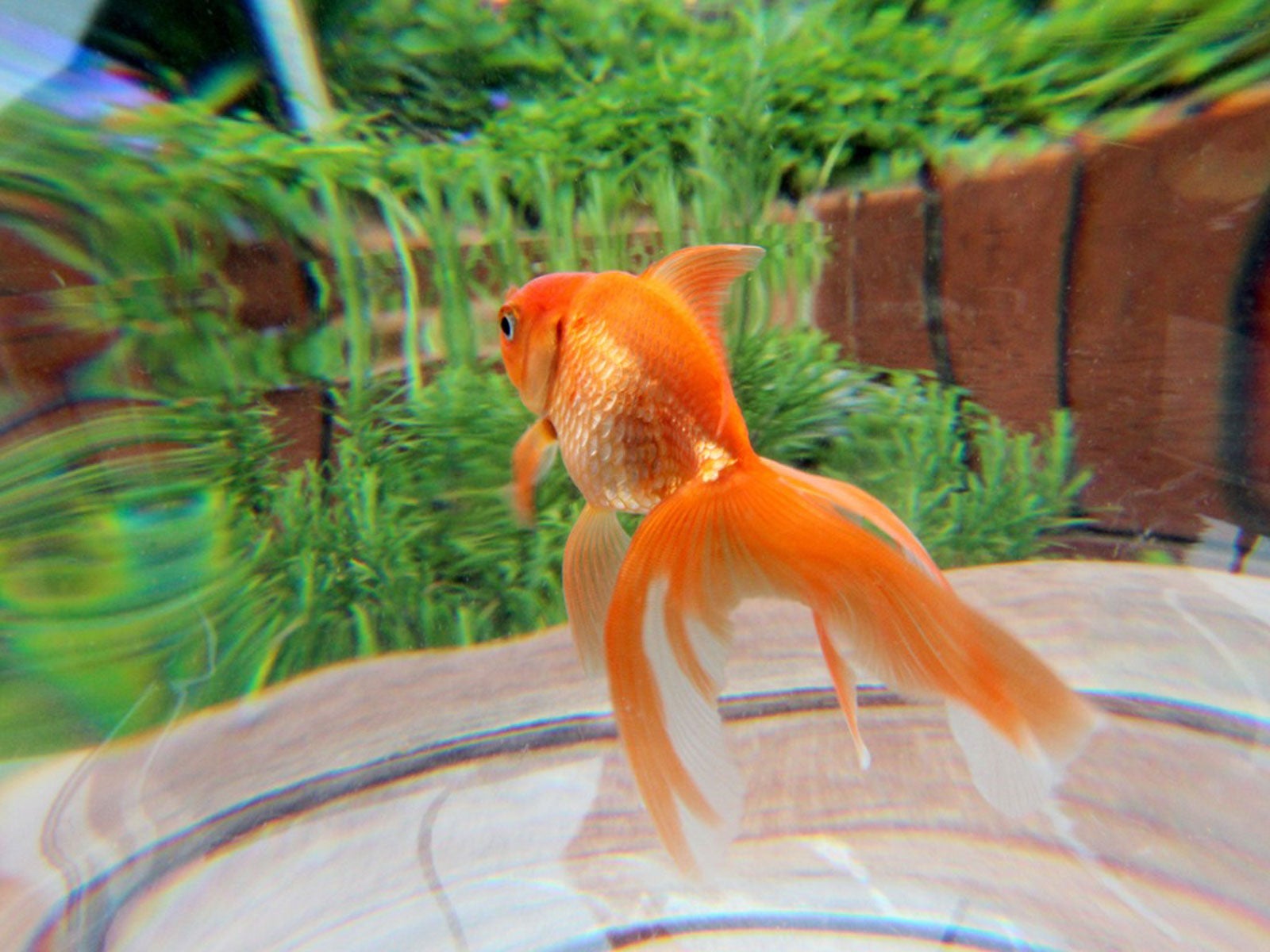 Outdoor Aquarium Ideas: Putting A Fish Tank In The Garden
Outdoor Aquarium Ideas: Putting A Fish Tank In The GardenAquariums are generally made for inside the house, but why not have a fish tank outside? Click here for tips and ideas on backyard aquariums.
By Mary Ellen Ellis
-
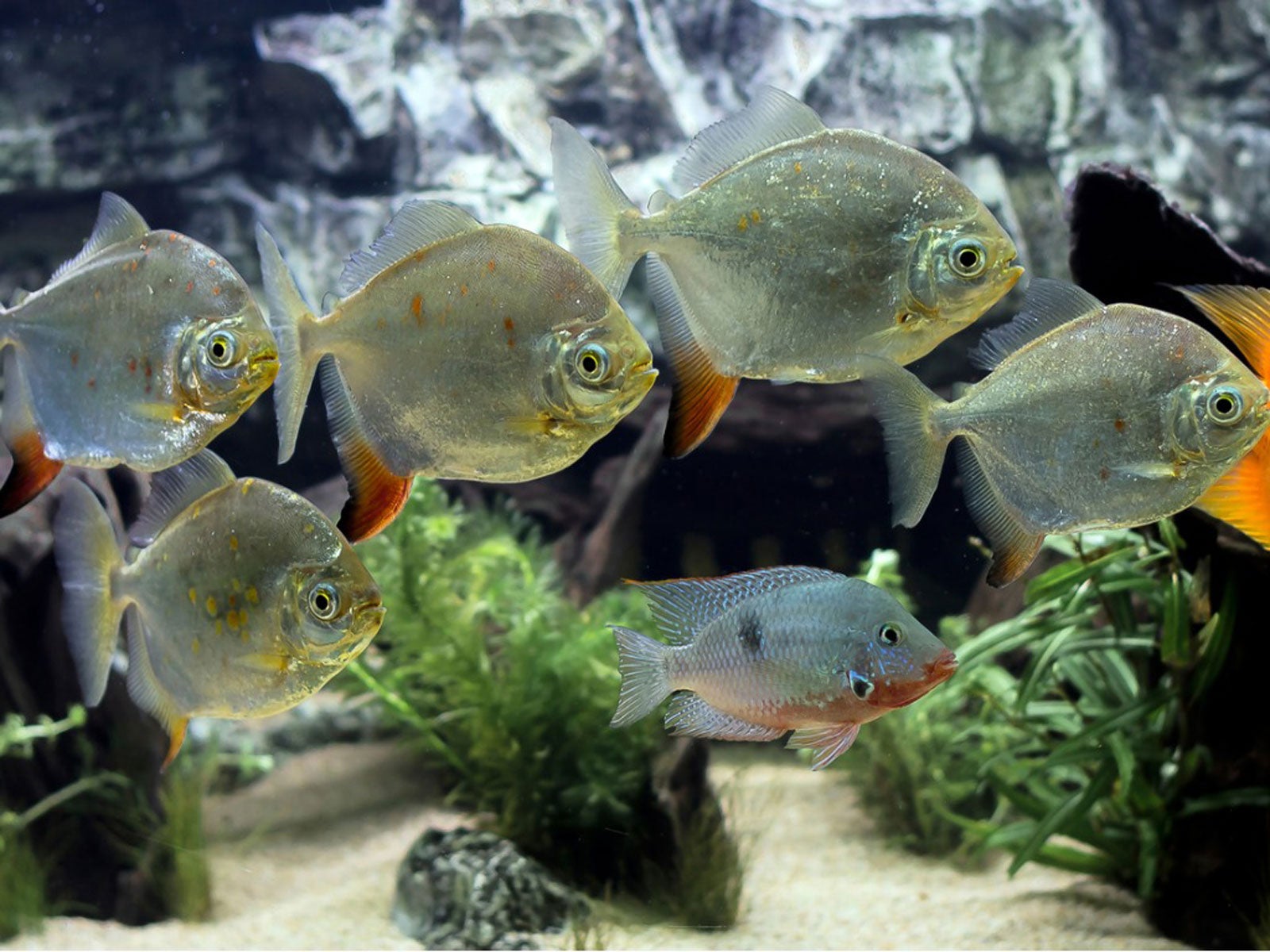 Fish That Eat Plants – Which Plant Eating Fish Should You Avoid
Fish That Eat Plants – Which Plant Eating Fish Should You AvoidGrowing plants with aquarium fish is rewarding, but if you want to combine plants and fish, learn what aquarium fish to avoid. This article will help.
By Mary H. Dyer
-
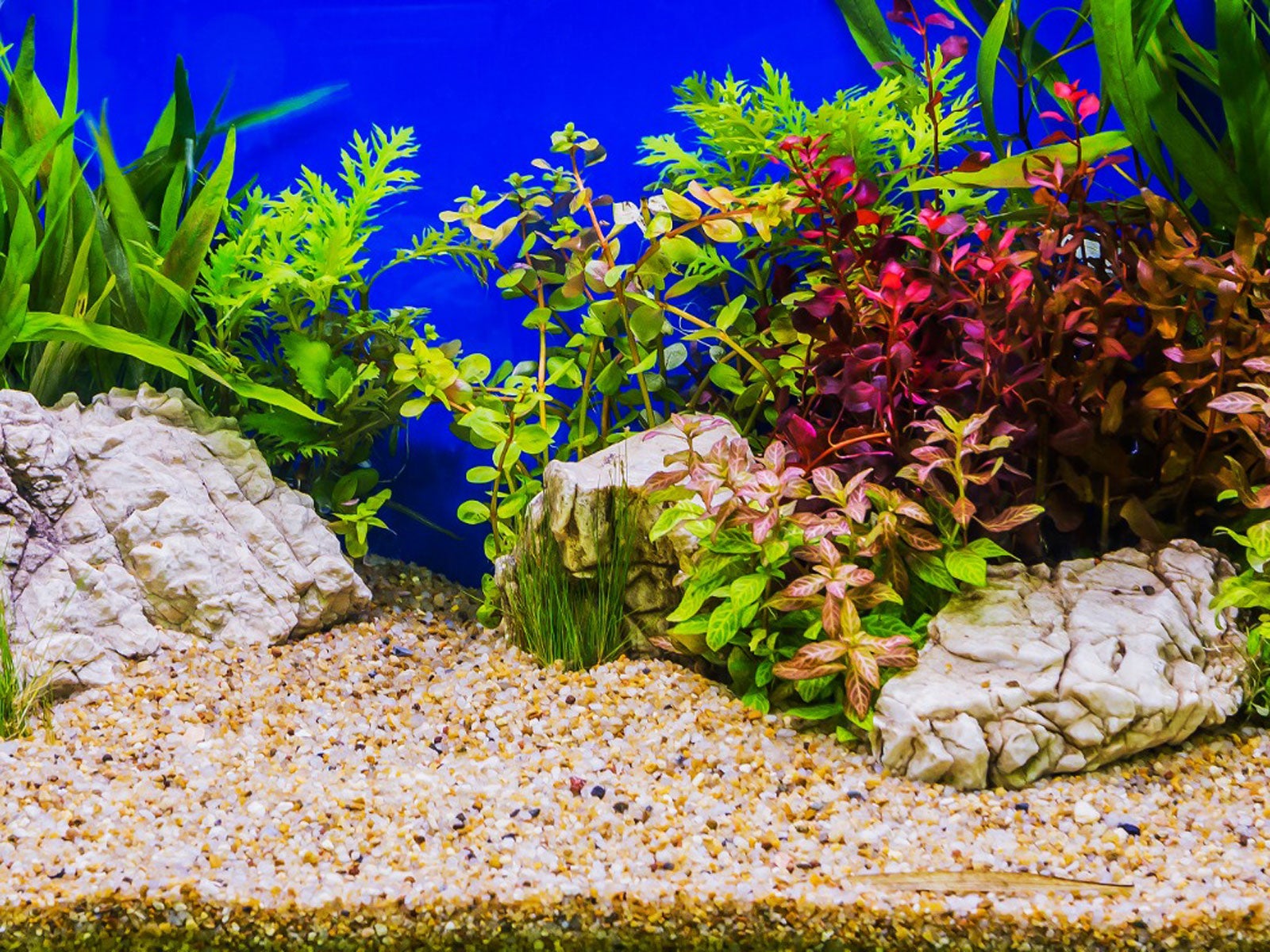 What Is Aquascaping – Creating An Aquarium Garden
What Is Aquascaping – Creating An Aquarium GardenAquatic gardening can be a rewarding endeavor, especially when aquascaping. Click this article to learn more about creating an aquarium garden.
By Nikki Tilley
-
 What Is Bubble Aeration: Learn About Pond Bubbler Systems
What Is Bubble Aeration: Learn About Pond Bubbler SystemsWithout proper care and maintenance, a pond can become a smelly, brackish pit and a breeding ground for mosquitos. The best way to keep a pond clean and odor free is with an aeration system. To learn about bubble aeration in ponds, click here.
By Mary H. Dyer